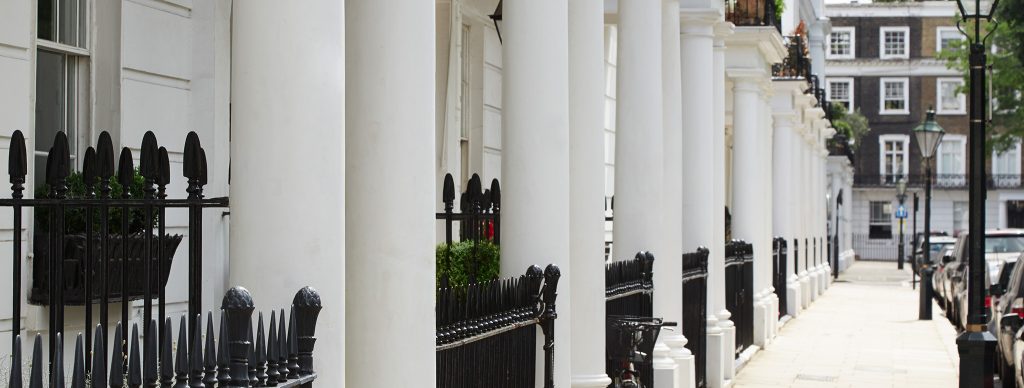Prime Country Property Market Review.
In years gone by the seasons were predictable, and spring officially started when the clocks went forward by an hour and autumn arrived when the clocks went back, giving most of the country the luxury of an extra hour in bed. Lately, however, the seasons feel as if they have shifted: spring is the new “summer”, winter has become autumn and the summer seems to have become the rainy season – sometimes with a dollop of winter mixed in for good measure. Today, we are officially in drought conditions, albeit the wettest drought anyone can remember. So it is with the property market, where the traditional selling patterns feel as if they have become rather jumbled up. The customary spring flood of property (that has been held back from the market until the garden comes into leaf for the photographs) has become a trickle and the supply is becoming flat across the year: what has happened?
Firstly, we need to check our facts to make sure that what we think is happening is supported by the figures. Land registry tells us that in 1988 2.9 million residential properties changed hands. By 2007 that figure had fallen to 1.7 million. By 2011 the figure had fallen to 700,000. So why has the volume of transactions fallen to 25% of its 1988 high point? Is it because of social changes, the vice-like grip of economic austerity, or is it possibly because the transaction costs have risen to a crisis point?
Back in the 1980s the market was a good deal more fluid – as children arrived and grew up, parents bought bigger houses and possibly moved again if their careers flourished, finally downsizing once the nest was empty. In 1988, with 1% stamp duty, agents, solicitors and survey fees, the total transaction cost of moving from one house to another (excluding the cost of the upgrade) was around 5-6%. In 2007, with stamp duty at 5%, that transaction cost had risen to about 10%. Today, with stamp duty at 7%, the figure is closer to 13%.
In 1997 Gordon Brown started pushing the stamp duty ball uphill and the coalition kept it rolling in 2011, and finally gold plated it in the last Budget with the new threshold of 7% for properties in excess of 2m. Today, to move to a 2.5 million house, it costs £175,000 in stamp duty alone with a total outlay of around £225,000 – a staggering increase of 450% over and above what the same move cost in 1988. Worse still, a 4m house purchase is going to cost a buyer around £450,000.
These increased transaction costs are key ingredients in reducing the volume of today’s transactions, and are now starting to skew the market, preventing it from following the traditional seasonal supply rules. There is a very real danger of pushing potential buyers to their “point of indifference”, the point at which the discretionary upgrade, sideways move or the downgrade starts to look so expensive and unappetising that it is easier to simply give up on the idea and stay put. Buyers in rented accommodation may decide to carry on renting, rather than digging deep to fund the excessive tax-take. The real victims of these plummeting transaction levels are firstly the raft of businesses that depend on the housing market and, secondly, the Treasury. When stamp duty was at £25,000 for a 2m purchase, buyers might have had money left over for all the ancillary costs, such as a new kitchen, beds, carpets, curtains, lawn-mower, redecoration, etc., but with the Treasury “trousering” an additional 150,000, buyers have less to spend on their new homes. With transaction levels at 20% of their peak of the market high, it doesn’t take a mathematical genius to work out that the government has not improved its net position one jot, but it has casually damaged quite a number of tax-paying businesses that depend upon people buying and selling houses. In layman’s terms, the message might be “lower taxes = more houses sold = more taxes paid”.
The sad fact is that it has become politically expedient for the media and politicians to dress up the 1m-4m property market as being the province of the “uber rich” and via a quantum leap of convoluted logic, de facto, anyone who lives in a halfway decent house must be a banker. This is convenient if you are chasing votes or headlines, but pretty rotten for the economy in general and painful for nearly anyone buying a reasonable house in a nice location.
In fact we believe that the targets of the stamp duty increases and anti-SDLT avoidance legislation, the buyers of 10 million plus houses, are going to escape almost entirely unscathed, as – regardless of what George Osborne says – the smartest accountants and solicitors have already pored over the legislation and found gaps for their clients. The really clever thing to do now would be to redraw the stamp duty thresholds, reduce the transaction cost burden, encourage a greater volume of property transactions with less incentive for tax evasion or avoidance – result more cash for the Treasury. It seems like common sense, but sadly politics and common sense rarely go together, being mutually exclusive bedfellows like drought and flood. Actually, hold on a minute…!
Russell Hill, Haringtons UK, Spring 2012
